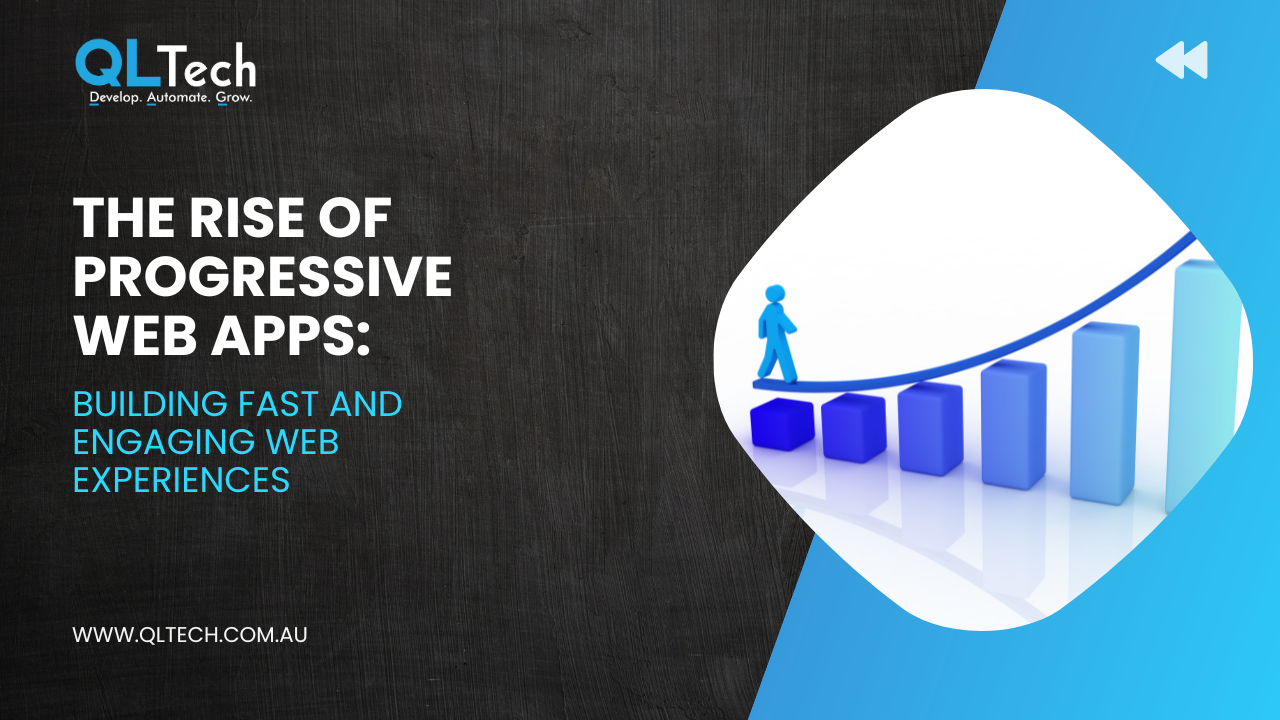In the ever-evolving landscape of web development, one trend has been steadily gaining momentum: Progressive Web Apps (PWAs). These innovative applications combine the best of both worlds, offering users fast, reliable, and engaging experiences that rival those of native mobile apps. In this blog post, we’ll explore the rise of PWAs and delve into how they are reshaping the way we interact with the web.

What are Progressive Web Apps?
Progressive Web Apps are web applications that leverage modern web technologies to deliver app-like experiences to users. Unlike traditional websites, PWAs are designed to work seamlessly across all devices and platforms, providing a consistent user experience regardless of the device or browser being used.
Key Features of PWAs
- Offline Functionality: One of the defining features of PWAs is their ability to work offline. This is made possible by service workers, which are scripts that run in the background and cache content, allowing users to access it even when they’re offline or on a slow internet connection.
- Fast Performance: PWAs are known for their blasing-fast performance. By employing techniques like lazy loading, code splitting, and efficient caching strategies, PWAs ensure that content loads quickly and smoothly, providing users with a seamless browsing experience.
- App-like Experience: PWAs look and feel like native mobile apps, thanks to features like responsive design, app manifest files, and the ability to be installed on users’ devices directly from the browser. This app-like experience increases user engagement and retention, leading to higher conversion rates and improved user satisfaction.
Benefits of PWAs
- Increased Engagement: PWAs offer a frictionless installation process, allowing users to add them to their home screens with just a few clicks. This increases user engagement and encourages repeat visits, ultimately leading to higher conversion rates and increased revenue.
- Improved Performance: With their focus on speed and responsiveness, PWAs deliver a superior browsing experience compared to traditional websites. This not only enhances user satisfaction but also improves search engine rankings, as search engines prioritise fast-loading websites.
- Cost-Effectiveness: Building a PWA is often more cost-effective than developing separate native apps for different platforms. Since PWAs are built using web technologies like HTML, CSS, and JavaScript, developers can leverage their existing skills and tools, reducing development time and costs.
Conclusion
As users increasingly demand fast, reliable, and engaging experiences on the web, Progressive Web Apps have emerged as a powerful solution for developers and businesses alike. By combining the best features of web and mobile apps, PWAs offer a compelling alternative to traditional websites and native apps, enabling businesses to reach a wider audience and provide users with the seamless experiences they crave. As the popularity of PWAs continues to grow, they are poised to reshape the future of web development and redefine the way we interact with the web.

